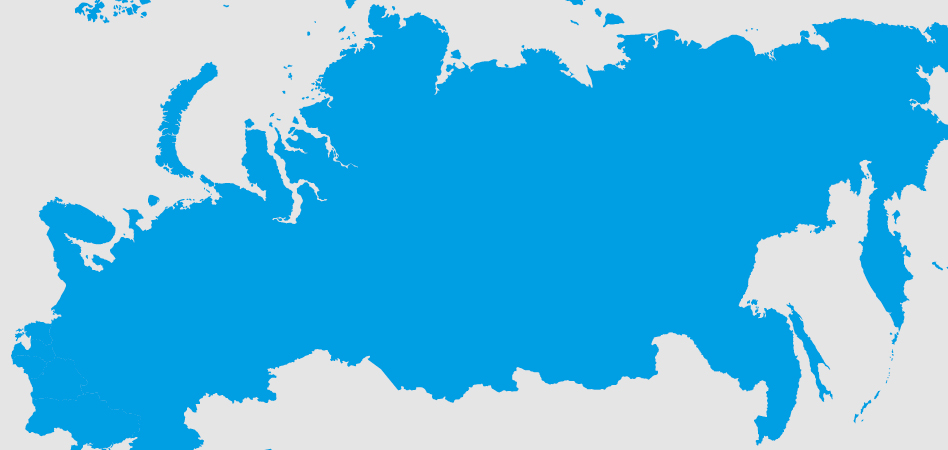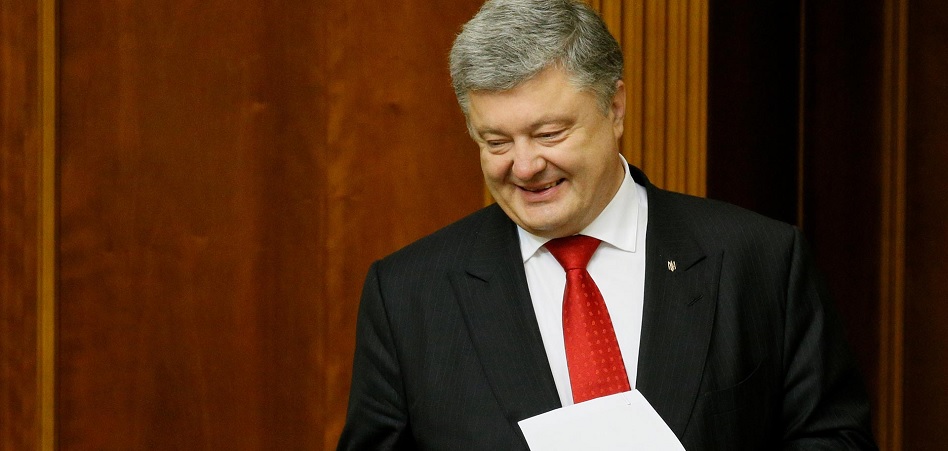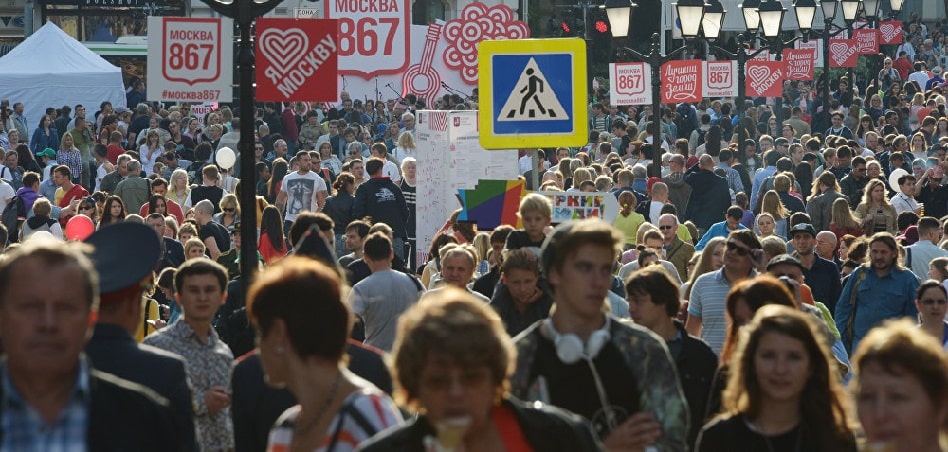A Changing World: Eastern Europe, economy at idling speed under the shadow of populism
The region, which was rapidly transformed in the 1990s, has slowed down its economic development in recent years.

Fashion business’ game board has turned around. The legacy of the crisis, instability, the peak of populist movements, the attempts to move backwards in globalization and the threat of the global economic downturn has made almost all the predictions fail one by one. The world undergoes a transformation, and fashion, as a global player, must adapt and transform with it. MDS will go through the keys for the new order in the most important markets in the sector and how this can affect one of the most globalized business in the world.
Thirty years after the fall of the Berlin Wall, promises are still not fulfilled in Eastern Europe. After its rapid transformation in the nineties, the region continues to lag behind Western Europe and its development has not been as fast as expected. Nor has the democratic transition been so easy: many of these countries have become in recent years the gateway of extreme right-wing populism to Europe, placing more obstacles on the road.
Eastern Europe is one of the twenty-two sub-regions in which the United Nations (UN) divides the world. It comprises, according to this classification, thirteen countries: Armenia, Azerbaijan, Belarus, Bulgaria, Slovakia, Georgia, Hungary, Moldova, Poland, Czech Republic, Romania, Russia and Ukraine.
Practically all of them share having been part or having been under the orbit of the former Union of Soviet Socialist Republics (USSR), and having experienced a rapid economic transformation during the nineties.
Between 1993 and 2017, the income per capita doubled in the Czech Republic, Hungary and Slovenia, and multiplied by more than 2.5 in Slovakia and Poland. As a whole, the region began to grow in 1999, and maintained rates of around 7% almost every year until the outbreak of the crisis in 2009, when it fell by 6.2%.
In 2015, the economy fell again, weighed down by the Russian crisis that dragged a large part of the neighbor countries. With the beginning of the recovery in the country, the area has once again registered strong growth rates, although they have not been as high as expected.
In 2017 and 2018, Eastern Europe grew by 2.8%, and its economy is expected to slow down in the coming years, with increases of 2.5% in 2019, 2.4% in 2020 and 2.2%. % in 2021, according to the International Monetary Fund (IMF).
After the crisis, the region has not recovered the rates it once had
“In spite of the economic activity in the region, the convergence between Western and Central Europe with the Eastern and South-Eastern Europe is likely to take longer than previously thought,” explains the agency in its latest report on the region.
“This is because the longer-term potential growth in most countries in Central, Eastern and South-Eastern Europe continues to be significantly lower than before the global financial crisis,” says.
In the medium term, Eastern Europe faces challenges such as the global protectionist threat and a possible step backwards in its global economic integration as a result of growing public discontent, which could damage its economic development.
In this regard, the IMF points out several recommendations for the region, such as strengthening institutions, improving the efficiency of the public sector, increasing participation in the labor market, mainly in terms of female participation, and reducing the incentives for early retirement.

Political instability
Political instability continues being another one of the great challenges in the region. In recent years, the advance of anti-European and populist movements have curbed the development of some of these countries, as well as its entry into the European Union.
This will be another unstable year in some of the largest countries in East Europe, with a wave of elections to come (both scheduled and early ones). In Ukraine, citizens are going to the polls in fifteen days to decide whether to re-elect its current president, Petro Poroshenko, or the candidate positioned closer to Russia, Yulia Tymoshenko. The current president goes to the elections under the heading Army, language and faith: We are going our own way, which summary the ideas of the candidate.
In Bulgaria, the Government, led by the conservative Boyko Borsiov, could fall ahead of time due to internal wars, while the Czech Republic, the centrist Prime Minister, Andrej Babis, could hold early elections to assure a more stable majority in the Parliament.
Eastern Europe has become the gateway of populism to the continent
Poland will also go to the polls at the end of 2019 in which is expected a new victory of Law and Justice, the current party in power, of conservative, catholic and right-winged ideology.
In Rumania, elections are going to be held between November and December in an environment full of growing tensions between the current president, Klaus Iohannis, and the social democrat government, and Slovakia could also go to the polls after the scandal that forced the resignation of the Prime Minister Robert Fisco at the beginning of 2018.
In Hungary, the populist and nationalist Viktor Orban faces its third term under the sanctions of the European Union. In Russia, Vladimir Putin maintains its defensive and conservative policies without clearing what strategy will he be taking in the future once its mandate is concluded in 2024.

A population diminished by emigration
In the countries that make up Eastern Europe live almost 300 million people. In the last decades, the demographic growth in the region has been diminished first by the wars and, in the last years, by the migratory deficit.
Forecasts indicate that the number of inhabitants in these countries will keep falling the coming decades, reaching 263 million people in 2045, less than those it totaled in 1965.
Although the region maintains birth rates above the European average, emigration is also causing an aging of the population, a phenomenon that is expected to accelerate in the coming years, with the exception of Turkey.
Poland and Slovakia are, along with Cyprus, the fastest aging European countries: according to Eurostat, the representation of people over 65 over the total population will grow by more than ten points in both cases until 2080, and the average age will be around 50 years old.
This increase in the number of pensioners, added to a decrease in the labor force in the countries of this region, could entail a brake on growth and further increase public deficits.
Driver of fashion consumption in Europe
The rapid development of Eastern European countries has made them one of the fastest growing markets for fashion consumption on the continent. During the last four years, the highest growth of clothing and footwear sales in Europe has been registered in one of the countries in the region, according to data from the European statistical agency Eurostat.
Last year, Poland got the gold, where retail sales in the sector soared by 14.4%, while the European average fell by 0.7%. Poland took over the position held by Romania, which had led growth in the previous two years with increases of 27% and 19.4%, respectively.
In fact, in the last decade the sales of fashion in Romania have grown to double digits every year, except in 2011, when it rebounded barely by 4% (compared to the decrease of 1% registered by the community average); 2012, when it plummeted to 18.6%, and last year.
In Poland, meanwhile, the sector has even resisted the crisis, registering increases every year since 2009 and reaching a growth of up to 20.7% in 2016. The Czech Republic and Hungary are the other two Eastern European countries that dodged the widespread decline in fashion sales last year, although their growth have been more moderate. In the Czech Republic, the revenue of the sector has been on the rise since 2010, with increases of between 2.9% and 11.1% in the last decade.
In Hungary, sales began to rise in 2012 after three years of fall, and came to record increases of up to 14.3% and 12% in 2014, and 2015, respectively.


info@themds.com
Validation policy for comments:
MDS does not perform prior verification for the publication of comments. However, to prevent anonymous comments from affecting the rights of third parties without the ability to reply, all comments require a valid email address, which won’t be visible or shared.
Enter your name and email address to be able to comment on this news: once you click on the link you will find within your verification email, your comment will be published.